
Watch: Debora Moore
A pioneer of glass techniques, this renowned creator is one of the few Black female artists in her medium.
This Seattle artist channels his personal history and activism into vibrant murals and abstract paintings.
by Jas Keimig / May 7, 2024

At the end of a series of twisty hallways in the basement of a Brighton synagogue sits the studio of Seattle-based artist, curator and muralist Moses Sun.
The large carpeted space feels like stepping directly into Sun’s mind. On one end, light beams in through the windows, filtered in such a way that a stack of Sun’s signature vibrant abstract paintings seem to glow.
Across the room, Sun is workshopping an enormous black and white piece, layered with paint, wood panel, paper and latex, that takes up the entire wall. The knotty, snarled lines and forms are what he calls “shadow work,” exploring the slave trade and ancestral trauma.
“My practice is a practice of light and shadow,” he reflects, sitting on a leather couch in a forest-green jumpsuit, his dreadlocks pulled back into a low bun. He clarifies: “Being able to use the power of abstraction and meditation and embody that in everything I do.” Whatever he’s creating, Sun wants it to be “a communion and a conversation between the ancestors, the inner self and the mystery of making.”
Sun has had an extensive career in photography and graphic design, though he has focused more on painting in recent years. Ever since his involvement in the Black Lives Matter street mural on Pine Street in 2020, his career has been on the ascent.
Since then, he’s composed countless murals on the walls of places like the Wing Luke Museum, the Columbia City Theater, Hotel Crocodile, and Seattle’s Facebook offices. He’s also been an artist-in-residence at the Amazon Spheres, curated gallery exhibitions and presented multiple solo exhibitions of his work.
Though his artistic practice is far-ranging, Sun is best known for his lyrical paintings composed of jubilant squiggly lines and dashes that twist and swirl together in a sort of symphony. Sometimes these elements coalesce into a recognizable form, like a hand or a face, but more often they have an abstract botanical quality. Rendered in juicy colors and inspired by his love of jazz and hip-hop, Sun’s paintings pulsate with music, movement and emotion.
“Truly, what Moses does is science,” says artist Barry Johnson, who also worked on the Black Lives Matter mural and recently finished the Amazon Spheres residency with Sun. “He’s constantly finding new mediums — in his words, probably, new algorithms — to be able to tell the story of the Black diaspora, to be able to translate hip-hop sonics, to be able to create these ultra-bright color infusions that weave a story of then and now and where we’re going.”
Sun frequently mishmashes digital and analog techniques, overlaying photography on digital drawings, printing the results then painting on top of them. For him, the works never have a definitive endpoint, rather they are ripe for a revisit.
“My art practice is more akin to a hip-hop producer where I’m just making beats and rhymes and I make a bunch of work that nobody sees,” he says. “And then I take that work and mix and match and remaster it into what you see all around you.”
Born and raised in Fayetteville, N.C., Sun grew up in an activist household and had a penchant for artmaking. As a kid, he spent his days doodling or going to marches with his father, advocating for women’s rights or against the Vietnam War. Political consciousness followed Sun into young adulthood, when he served as the teenage executive director for Teen Democrats of America in North Carolina and had his eye on a political career.
But his competing interest in art eventually won out. He attended high school at the esteemed University of North Carolina School of Arts from 1988 to 1990, studying painting and sculpture and living among other visual artists, musicians, designers, dancers and actors.
“I came from a very hard school of hard knocks where you had to conceptually talk and also expressively talk about [your work],” Sun says. “I was taught how to really critically deconstruct and construct. By doing that it gave me the formatting of how I look at everything in the world.”
The artistic pluralism Sun first encountered in high school is a thread that stretches through the rest of his life. In 1990, Sun moved to Chicago to study at the Art Institute of Chicago, where he was taught by the likes of Kerry James Marshall and Nick Cave. His time as an undergrad marked a period of artistic exploration, during which he interned with typographers, designers, digital editors, art galleries and even a post-production company behind The Oprah Winfrey Show. He and some friends also started a film production collective called Blackout, producing music videos, short films and commercials.
“I didn’t realize it at the time, but I was getting into the practice of being, like, if you want to do something just fucking go do it,” he says.
After dropping out of the Art Institute (“I had such high expectations of how hard [college] was going to be and it didn’t really meet that,” he says of his decision to quit), Sun spent the next several years moving from city to city, following a string of opportunities in creative branding and digital design. He worked for three years as a promo producer for YTV Canada in Toronto and dabbled in fashion design.
Then a job at the Disney Channel took Sun to Los Angeles, where he worked as an art director on shows like Playhouse Disney. When the dot-com bubble burst in 2001, he moved to Cleveland, becoming an art director for American Greetings, where he designed seasonal wallpapers and ringtones for mobile phones. During that time, he traveled often to Helsinki, Finland, to be with his then-partner.
“I worked in everything except aerospace, automotive and military,” he says. “A lot of that has to do with my curiosity.”
When Sun landed in Seattle in 2006 to work as creative director for an internet search engine company, he initially felt a little put off by Seattle’s art scene. “I didn’t really share my work with the public because, when I got here, I didn’t find the art here very inspiring,” Sun says. “I remember roaming around and being like, Is this where young people come to retire? It just didn’t have that vibrancy that I was so used to in other cities.”
Sun stepped back from exhibiting his artwork for several years, but carried on with a mostly private photography practice while balancing his work as a contract UX designer. But as he slowly got to know other Black curators and artists in town, including Elisheba Johnson and Takiyah Ward, he began to feel at home in the city.
“There’s all types of Blackness here,” he says.
But everything changed in 2018. After being unexpectedly let go from a contract UX designer position in which he’d excelled, Sun sunk into what he calls a “catatonic” state. He was subsequently involuntarily hospitalized at Fairfax Hospital in Everett for three weeks. “I definitely needed help, but I needed a wellness center more than what I was put into,” he reflects matter-of-factly. “My imagination saved my life.”
When he emerged from the facility, Sun’s experience with carceral mental health care and the state deeply haunted him, and he found that many of his friends had abandoned him. Relying on the help of a few people close to him, as well as a therapist and a psychiatrist, Sun slowly rebuilt himself over the next two years, making art as a way to heal.
Fast-forward to June 2020: Activists formed an autonomous zone called Capitol Hill Organized Protest (CHOP) on 11th Avenue and Pine Street in response to clashes between the Seattle Police Department and protesters demanding justice for the murder of George Floyd. Artist Takiyah Ward wanted to create a giant BLACK LIVES MATTER mural down the middle of Pine Street and reached out to Sun — whom she’d met several years previous — to be part of the project. Sun felt ready to meet the challenge.

“He always gives so much of himself. It’s a very vulnerable sort of approach to art that you don’t really see a lot. I appreciate that and I love his style,” Ward says of Sun and his work. “He creates these worlds of, like, infinite possibility that everybody can be attracted to, even though his work is incredibly abstract.”
Over two days, he and 15 other Black Seattle artists — who would later call themselves the Vivid Matter Collective — got to work making each letter of the mural their own. Sun chose the letter “M” in honor of his father, also named Moses. He left the “M” itself white, but overpainted it with exuberant splashes and dashes of royal purple, seafoam green, swimming-pool blue, and golden yellow. The effect is one that makes the “M” appear to be moving through space, perpetually in motion.
“I had to take breaks and take walks. I could just feel my dad,” Sun remembers of the time. “What’s remarkable about the Black Lives Matter mural is that I’ve never seen anything go from idea to completion that quickly in the city of Seattle.”
After that moment, Sun’s work took off like a shot. He was commissioned to make two murals in the Chinatown-International District to express solidarity between African and Asian diasporic peoples. Amazon Cares, Amazon’s former digital medicine initiative, funded a mural on the Columbia City Theater; now anyone going north on busy Rainier Avenue can gaze at the serene blues and greens sprawled across the side of the building.
Sun also translated the pain of his mental clinic experience in a 2022 solo exhibition at J. Rinehart Gallery. Titled 21 Chambers: A New Beginning, it referenced both the 21 days Sun spent in the facility and an homage to the Wu-Tang Clan’s debut album, 36 Chambers. In each painting, tendril-y kelp-like blobs of bright colors like cobalt, magenta and lime green obscure just barely visible black and brown forms, which, when viewed with 3D glasses, appear to float on top of one another.
In the past two years, Sun has stepped into a curatorial role, pulling together a months-long exhibition on Afrofuturism, Hollaback to the Future, at the now-defunct Museum of Museums, featuring a cast of 20 African diasporic artists from around the globe. “What I didn’t realize until the whole show was up was that curation is a practice of gratitude,” he says of the endeavor. “I’m very humbled by it.”
Sun has a lot on his plate in the months ahead, including a mural commission at James Baldwin Elementary School in Northgate and a massive sculptural installation commission from Africatown at the Midtown building, a burgeoning hub of Black business in the historically Black Central District. He’s also cooking up more workshops and projects with his colleagues at Vivid Matter Collective.
Back in his studio, the intensifying afternoon light turns the room into a study of contrasts. Sun sits between the paintings from 21 Chambers, which are buzzing with color, and the large-scale black and white piece, which is almost engulfed in the shade. It feels like an apt reflection of Sun’s artistic mission, as he balances the shadows of his past with the light from his future.
Black Arts Legacies Season 3 is made possible in part thanks to support from 4Culture.

Black Arts Legacies Writer

A pioneer of glass techniques, this renowned creator is one of the few Black female artists in her medium.
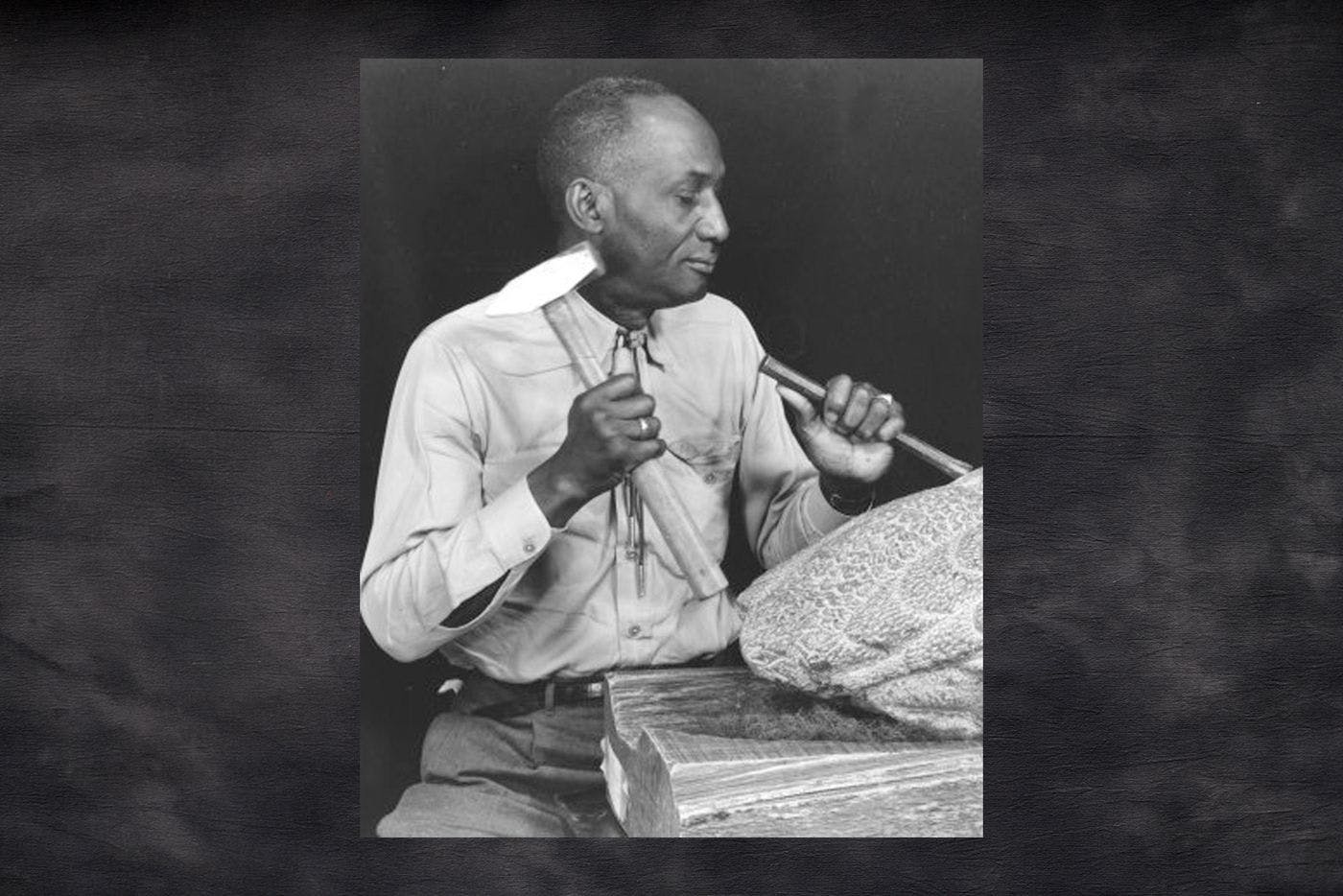
An influential member of the noted Northwest School, the Central District sculptor turned his home into a community center for artists.

As a direct connection to the Harlem Renaissance, this often overlooked painter inspired generations of Seattle movers and shakers.

Salvaging old cloth and scrap metal, the longtime Seattle sculptor finds beauty in what’s discarded.

With meticulous skill and a communal approach, the longtime Seattle artist has cut her own path.

The first Black art instructor in Washington was an experimental artist ahead of his time.
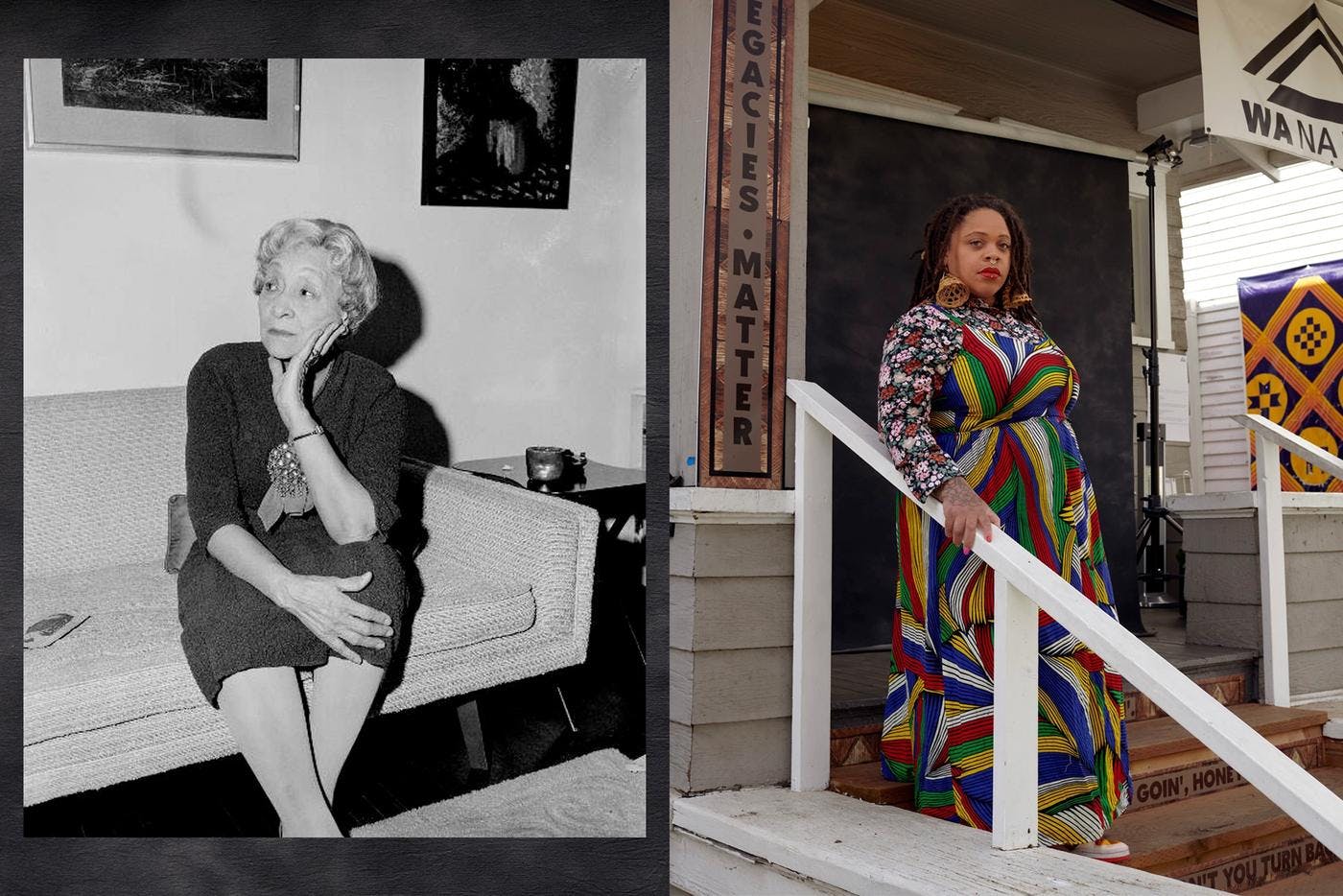
Two curators separated by decades turn homes into galleries to support artists.

The influential art teacher uses books, found objects and photography to provoke thought and shift perception.
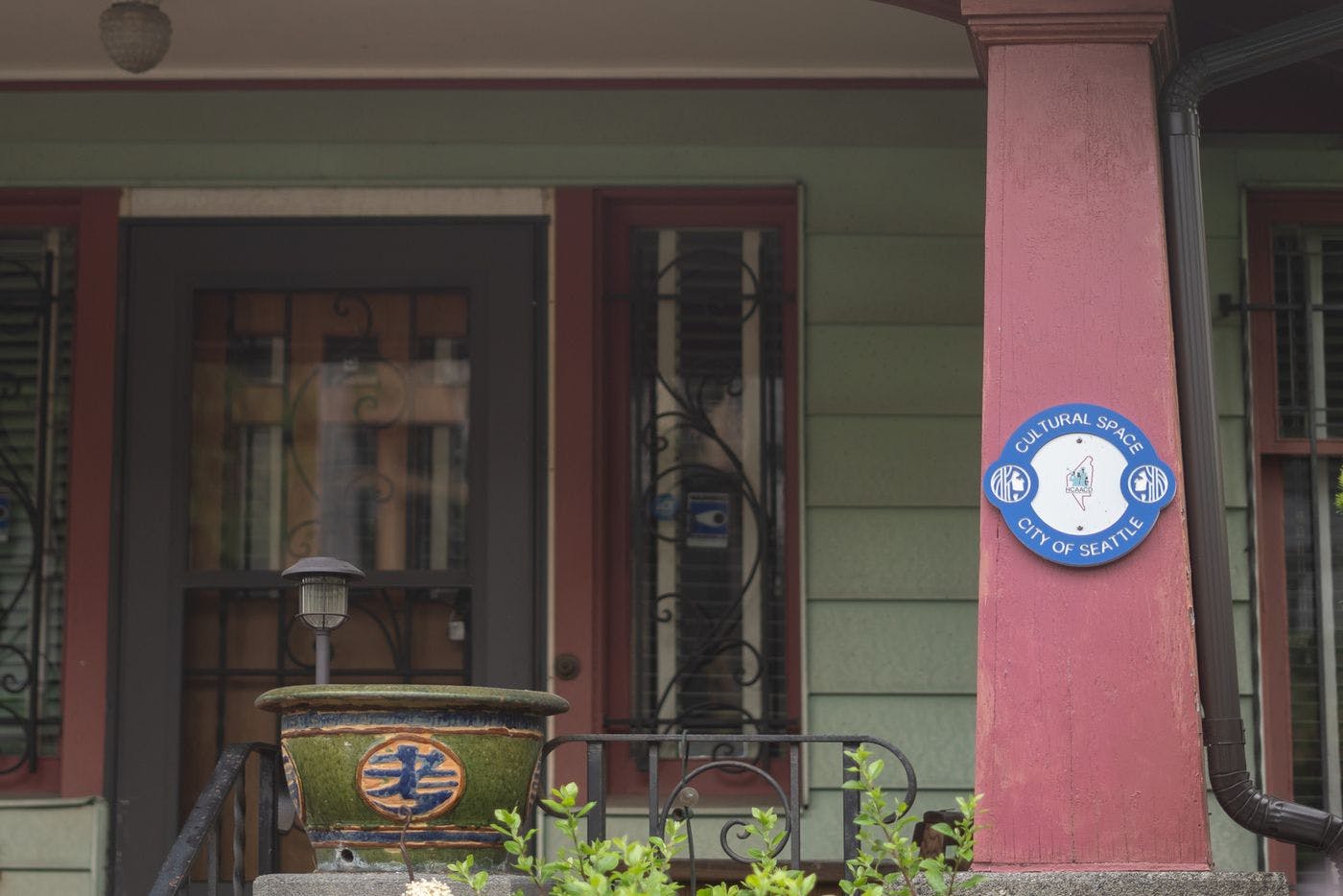
The late couple's house is now a cultural center that inspires the next generation.
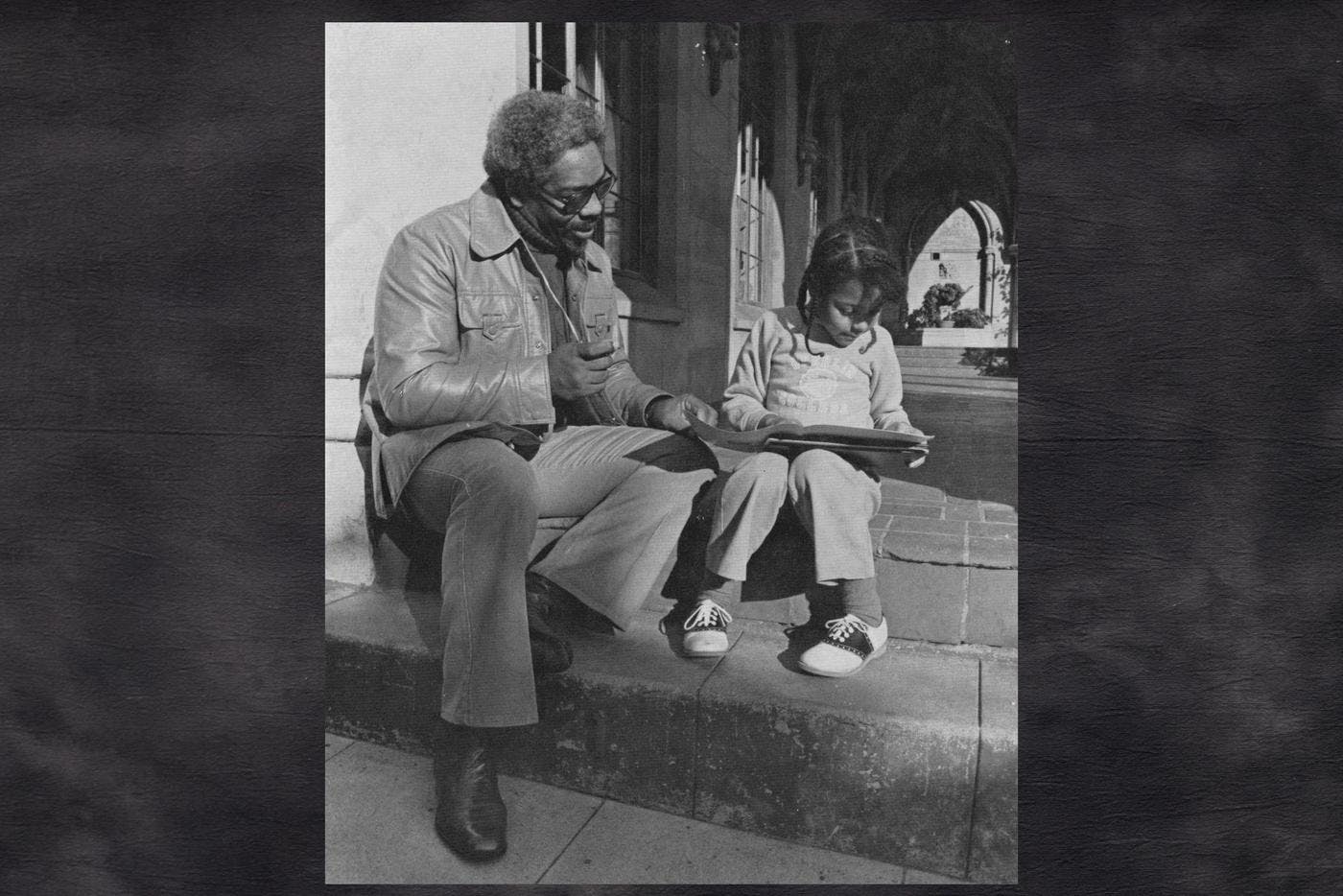
The late director, producer, stuntman and teacher used film and video production to lift up the voices of Seattle’s Black community.
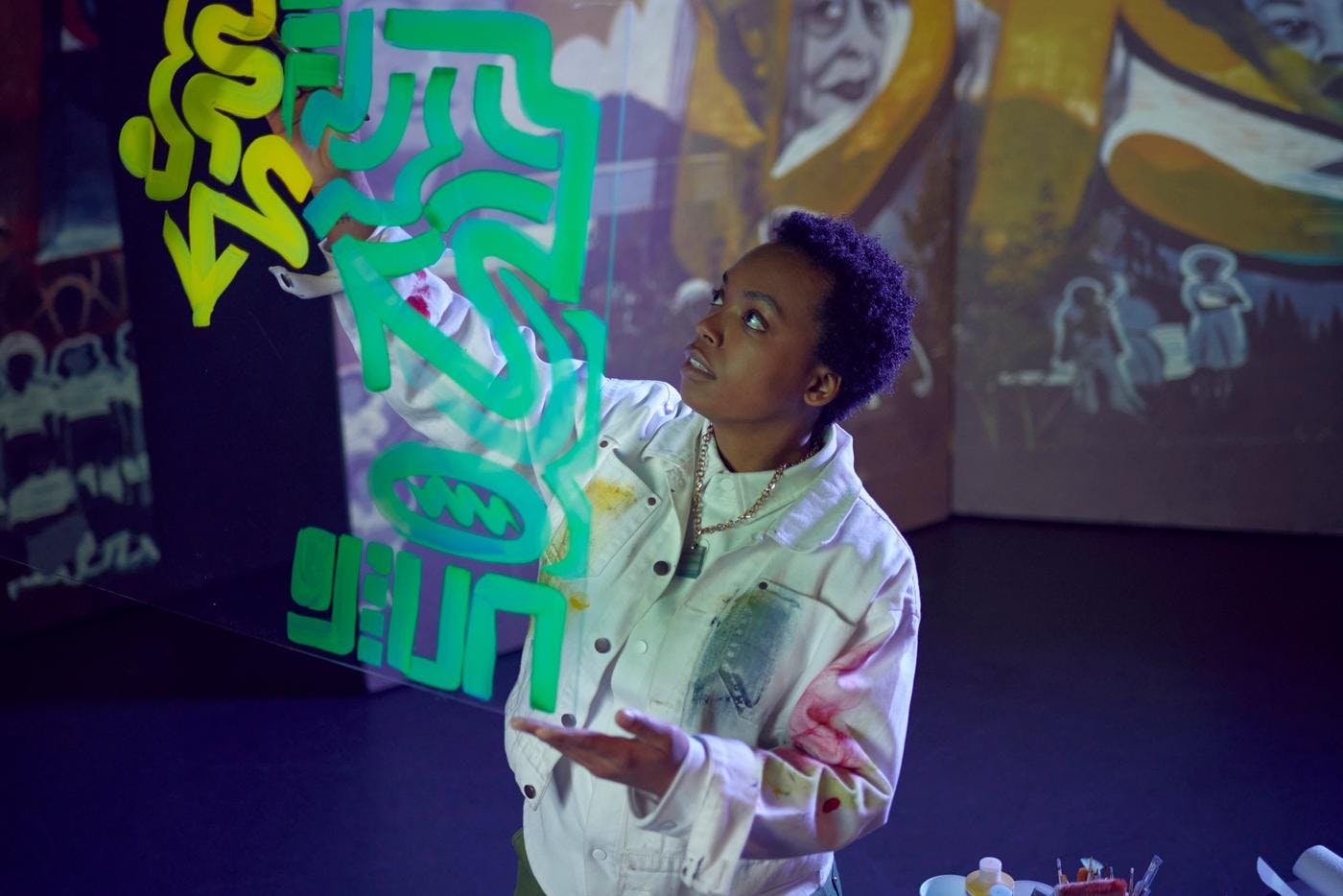
Through public murals, collaborative projects and custom sneakers, this artist is leaving her footprint on Seattle history.

The curator, gallerist and artist is resisting the art establishment with bold immersive experiments.

From intricate portraits to multistory murals, the artists bring Black history and bold color to the cityscape.
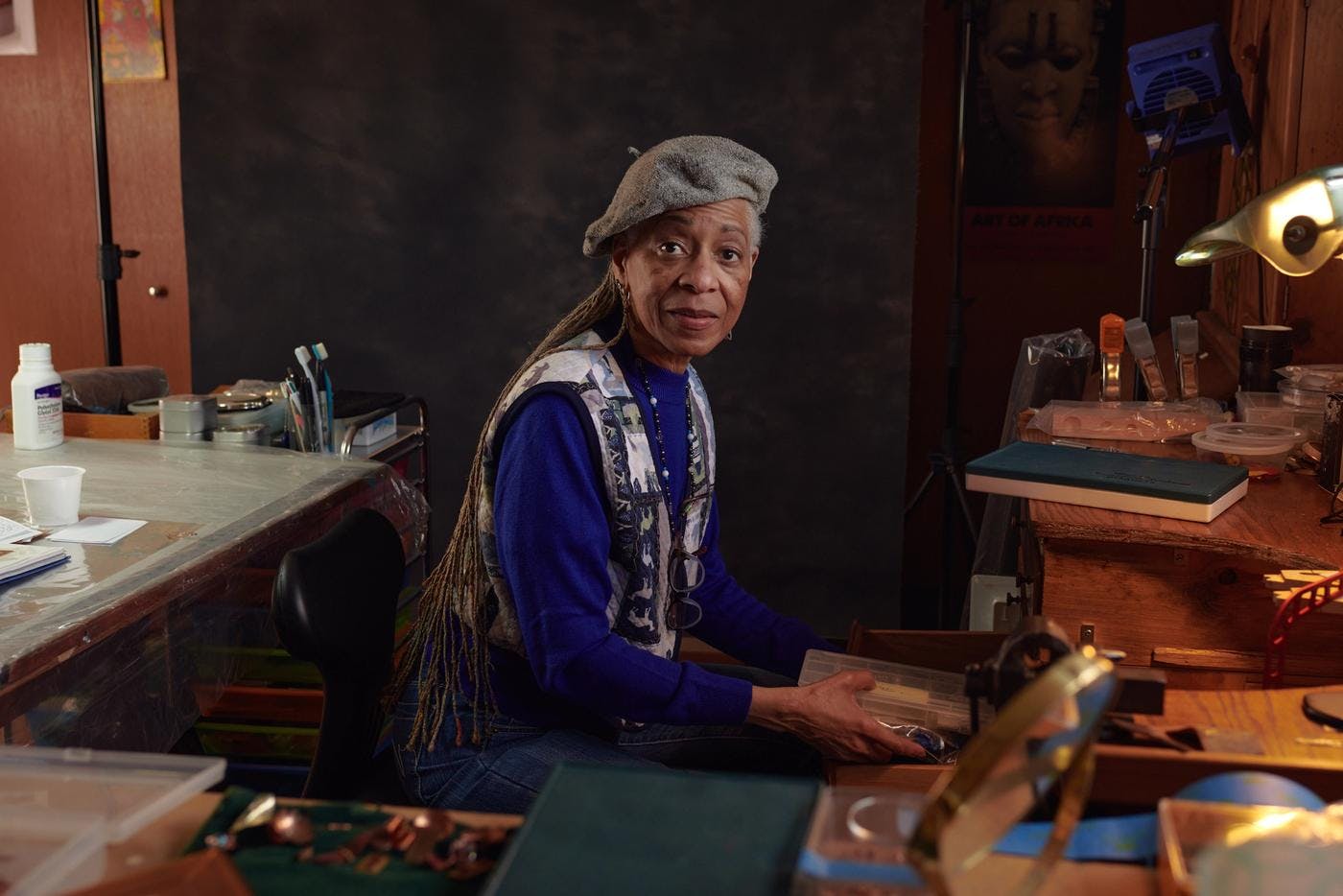
Through ceramics, sculpture, jewelry and public art, the multifaceted artist makes Black history tactile.
Thanks to our Sponsors
Your support helps Crosscut create projects like Black Arts Legacies. Learn how you can help with a one-time donation or recurring membership.
Support Crosscut